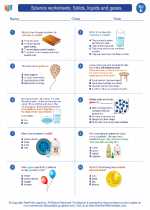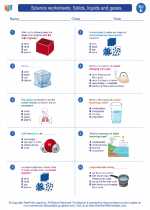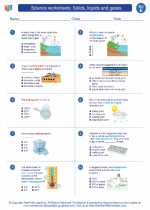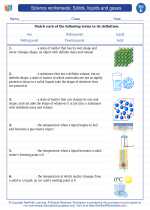1. The Carbon Cycle
The carbon cycle describes the movement of carbon through the atmosphere, hydrosphere, biosphere, and geosphere. It involves processes such as photosynthesis, respiration, decomposition, and the burning of fossil fuels.
2. The Nitrogen Cycle
The nitrogen cycle involves the conversion of nitrogen between its various chemical forms such as nitrogen gas (N2), ammonia (NH3), nitrate (NO3-), and nitrite (NO2-). This cycle includes processes like nitrogen fixation, nitrification, denitrification, and ammonification.
3. The Phosphorus Cycle
The phosphorus cycle focuses on the movement of phosphorus through the lithosphere, hydrosphere, and biosphere. It involves processes such as weathering of rocks, uptake by plants, and the return of phosphorus to the soil through decomposition.
4. The Water Cycle
The water cycle, also known as the hydrological cycle, describes the continuous movement of water between the atmosphere, land, and oceans. It involves processes such as evaporation, condensation, precipitation, and transpiration.
5. Human Impact on Biogeochemical Cycles
Human activities such as deforestation, burning of fossil fuels, and excessive use of fertilizers can disrupt biogeochemical cycles, leading to environmental imbalances and issues such as climate change, eutrophication, and air and water pollution.
6. Importance of Biogeochemical Cycles
Biogeochemical cycles are essential for maintaining the balance of nutrients and elements necessary for life on Earth. Understanding these cycles is crucial for conservation efforts, sustainable resource management, and mitigating the impact of human activities on the environment.
.◂Science Worksheets and Study Guides Fifth Grade. Science worksheets: Solids, liquids and gases.

 Worksheet/Answer key
Worksheet/Answer key
 Worksheet/Answer key
Worksheet/Answer key
 Worksheet/Answer key
Worksheet/Answer key
 Vocabulary/Answer key
Vocabulary/Answer key
